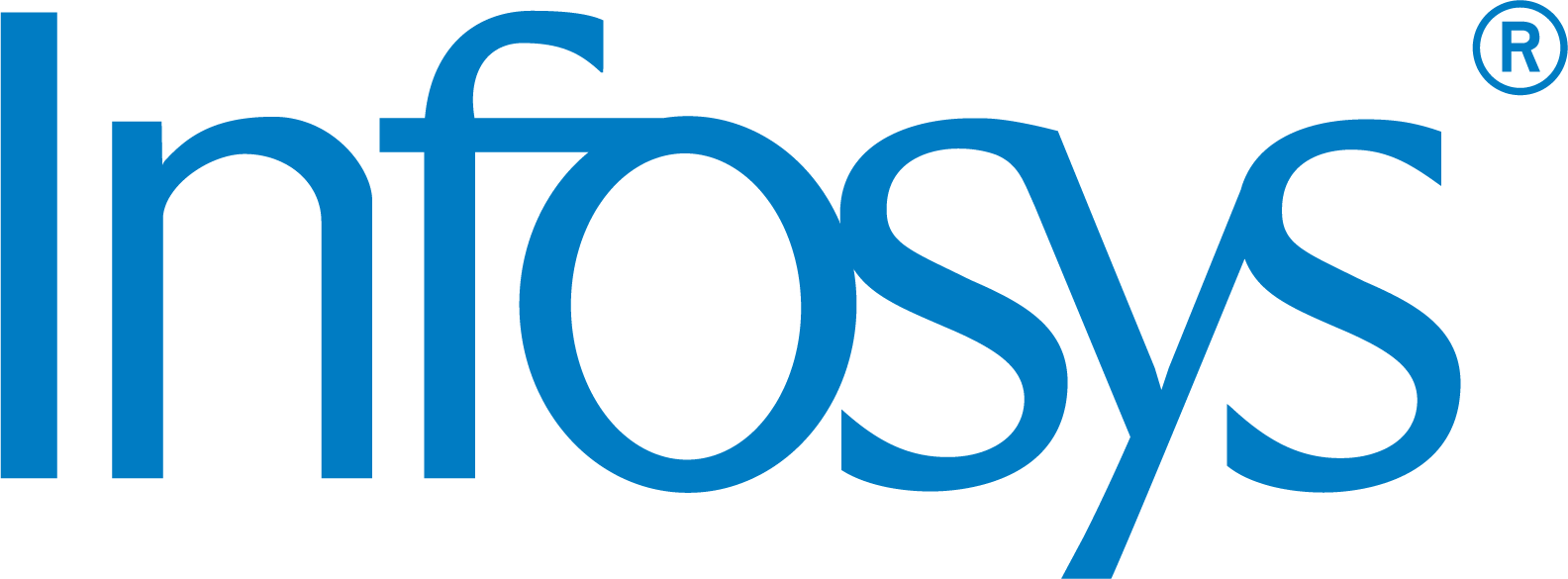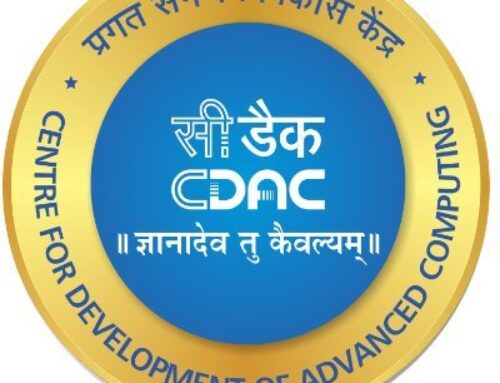In an era where workplace safety is paramount, technological innovation is reshaping how enterprises approach training, risk mitigation, and employee protection. Immersive experience technologies like Augmented Reality (AR), Virtual Reality (VR), Mixed Reality (MR), and Spatial Computing are emerging as game-changing solutions that promise to transform workplace safety training across industries dramatically.
The Critical Need for Advanced Safety Training
Workplace accidents continue to be a significant global challenge. According to the International Labour Organization, 2.78 million workers die from occupational accidents and work-related diseases each year, and ~160 million workers become ill each year due to job-related risks. Traditional safety training methods—often characterized by classroom lectures, static presentations, and theoretical instructions—have proven increasingly inadequate in preparing workers for complex, high-risk environments. Workplace accidents result in medical expenses, insurance claims, equipment damage, and lost productivity. Proactively investing in safety can prevent these costs while reducing legal liabilities.
Immersive technologies offer a revolutionary approach by providing realistic, interactive, and engaging training experiences, far beyond conventional methods. By simulating real-world scenarios with unprecedented fidelity, these technologies enable workers to practice critical safety protocols in risk-free virtual environments.
Market Potential: A Transformative Technological Frontier
The market for immersive safety training solutions is experiencing explosive growth. Industry analysts project the global AR/VR/MR training and simulation market to reach $12.6 billion by 2025, with a notable compound annual growth rate (CAGR) of 45.7%. This rapid expansion reflects growing corporate recognition of immersive technologies’ potential to enhance safety, reduce training costs, and minimize workplace incidents.
Key drivers of this market growth include:
– Rising costs associated with workplace accidents
– Increased workplace safety regulations
– Technological advancements making immersive solutions more accessible – Demonstrated effectiveness in knowledge retention and skill development
Social Impact: Beyond Technological Innovation
The implications of immersive safety training extend far beyond corporate bottom lines. These technologies have profound social impacts:
- Reduced Workplace Injuries: Dramatically reduce workplace accidents and fatalities by providing comprehensive, experiential training, thereby lowering economic and human costs associated with workplace injuries.
- Increased Worker Confidence: Through realistic, stress-inoculation scenarios that provide workers with more engaging and memorable learning experiences. A safe workplace fosters confidence and trust among employees, boosting morale and productivity.
- Democratization of Training: Making high-quality safety education accessible across skill levels and geographic regions. Create more inclusive training environments that accommodate diverse learning styles.
- Comprehensive Skill Development: Enabling workers to practice complex procedures without real-world consequences, offering comprehensive training for high-risk scenarios that were previously too dangerous to simulate.
The Role of Emerging Technologies in Worker Safety
Emerging technologies like AR, VR, MR, and AI/GenAI are transforming safety practices in industrial environments. By offering immersive, real-time, and data-driven solutions, these technologies and tools address challenges more effectively than traditional methods.
- Augmented Reality (AR)
AR overlays digital information onto the physical world, enabling workers to interact with their environment more safely. Examples include:
- Step-by-Step Instructions: Visual guides for safe equipment operation or maintenance tasks.
- Remote Assistance: When in doubt, field workers can call an expert and get remote guidance through AR-powered video calls.
- Real-Time Hazard Alerts: Highlighting dangers such as live wires or equipment malfunctions.
- Live Data Displays: Integrating IoT sensor data to alert workers about potential risks, such as temperature spikes or gas leaks.
- Virtual Reality (VR)
VR creates immersive simulations, making it ideal for safety training. Applications include:
- Simulated Hazard Exposure: Training workers to navigate dangerous situations safely without real-world consequences.
- Risk-Free Training Scenarios: Workers practice responding to emergencies, such as chemical spills or machinery breakdowns, in a controlled virtual environment.
- Emergency Preparedness Drills: Recreating scenarios like fires or earthquakes to teach effective responses.
- Artificial Intelligence (AI), GenAI
AI complements and enhances AR/VR/MR systems with contextual knowledge, predictive insights, and dynamic adaptability. Applications include:
- Generating knowledge base: With existing vast information available to enterprises in the form of documents, SOPs, websites, etc., Language Models (LLM/SLM) can generate and fetch knowledge that is relevant and contextual based on user’s query.
- Personalized Training: AI tailors VR modules to individual learning needs, ensuring comprehensive understanding.
- Predictive Analytics: Using AI to analyze sensor data and foresee potential risks.
- Smart Monitoring: AI-powered cameras and wearables detect unsafe conditions, such as worker fatigue or equipment overheating.
Infosys Approach: Innovation at the Intersection of Immersive-ness and Intelligence
A standout example of technological innovation in this space is our groundbreaking immersive safety training solution. At Infosys, we’ve developed comprehensive solutions by effectively combining AR/VR/MR with advanced AI and GenAI technologies. Our innovative approach demonstrates how cutting-edge technologies can be seamlessly complemented to create powerful, adaptive workplace safety training experiences.
Technological Integration: The Secret Sauce
What sets Infosys’ solution apart is its holistic technological integration. It offers comprehensive horizontal capabilities, that can be used to build a variety of safety training use cases across multiple industry verticals.
Artificial Intelligence (AI) at the backend can fetch data from a variety of organization sources like SOPs, documents, audio clips, videos, incident information, and history. Conversational AI along with Large Language Models (LLMs), and Small Language Models (SLMs) can be leveraged to answer worker queries in a more user-friendly and engaging manner.
At the front end, technologies like Digital Human or Virtual Avatars are used to offer workers the most natural ways to interact with backend knowledge to get their queries resolved. Speech-To-Text (STT) and Text-To-Speech (TTS) services are used to support the added advantage of training users in their native languages. This makes our solution very robust and extensible supporting multiple scenarios under safety.
By complementing AR/VR/MR with AI/GenAI, the training solutions become: – More sophisticated AI-driven personalized and adaptive
– More nuanced simulation capabilities
– Enhanced haptic feedback systems
– Scalable across different industrial contexts
– Capable of real-time performance analysis
– Continuously improving through machine learning
– Integration with wearable technologies
Key Benefits of Infosys’ Immersive Safety Solutions
- Enhanced Engagement: Immersive and empathetic experiences keep workers focused and invested in learning.
- Risk-Free Practice: Virtual environments allow workers to learn from mistakes without real world consequences.
- Tailored Learning: AI ensures that training is personalized to each worker’s role and skill level.
- Improved Retention: Interactive and immersive approaches improve knowledge retention and practical application.
- Proactive Safety: Real-time monitoring and predictive analytics help prevent accidents before they occur.
Moreover, scenarios like avatar-based Safety AI Assistant, simulating existing physical environments using VR give a more engaging learning experience for workers where they can get trained virtually from anywhere without actually visiting hazardous working environments.
To give an instance, using our MR-based training solution, a large utility company in Europe achieved ~50% reduction in the lead time and the corresponding costs to onboard a new field service engineer and estimated 30% reduction in the cost of failures related to wrong maintenance.
Breakthrough Case Studies and Use Cases
With this kind of innovative solution, multiple business benefits are being realized like Safety and Productivity going hand in hand, state-of-the-art immersive training for a shorter time to competence, reduced training costs with Increased bottom line, and hands-on training that is almost impossible to replicate in the real world. Some of the prominent case studies are as follows:
- Avatar-Based Virtual Assistant for Industrial Workers
In industrial plant environments, Infosys developed an AI-powered Avatar Virtual Assistant that provides easy-to-interact, real-time safety information to blue-collar workers. It uses the existing knowledge base of all safety-related content like SOPs, documents, videos, incident data, and history and uses AI/GenAI/LLM/SLM technologies to train workers by answering their queries intuitively in their native language using human like avatar. This ensures even blue-collar workers (who are relatively less familiar with using complex devices, laptops, etc.) get trained effectively and encourages them to follow safety and security procedures.
This intelligent system:
– Offers personalized safety instructions
– Monitors worker interactions and provides immediate feedback
– Adapts communication based on individual worker profiles
– Supports multiple languages to enhance accessibility
- Damage Assessment VR Training for the Utility Sector
For a leading utility company in the USA, every entrant coming into a sub-station is required to complete training to be aware of the hazards, safety procedures, and optimal distance to maintain from energized equipment and lines, as an electric sub-station has very high voltage equipment and lines. Infosys created a sophisticated VR training application focused on damage assessment and equipment simulation.
In another scenario, the damage of electric lines and field equipment is common after storms. Infosys worked with the client to create a VR Training app that simulates a set of hazardous scenarios in an immersive VR environment with exercises to train effectively.
Key features include:
– Realistic simulations of electrical line and field-equipment scenarios
– Safe, risk-free environment for practicing complex repair procedures
– Detailed performance tracking and skill progression metrics
– Scenario-based training that mimics real-world challenges
- Simulated Safe Driving Training for Telecommunications Field Workers
Large Telco in Australia was looking for innovative ways to train field workers on safe driving when they visit the field. Targeting telco/utility field workers, the solution offers:
– Immersive driving simulation environments
– Comprehensive scenarios covering diverse road and weather conditions
– Real-time performance evaluation
– Adaptive learning modules that respond to individual trainee performance
Conclusion: A Safer, Smarter Future
Immersive experience technologies represent more than just a training upgrade—they signify a fundamental reimagining of workplace safety education. By creating safer, more engaging, and more effective learning environments, these innovations have the potential to save lives, reduce economic losses, and transform how organizations approach worker protection. As these technologies continue to evolve, we can expect a future where workplace safety training is not just a compliance requirement but an engaging, personalized, and highly effective learning experience.
The future of workplace safety is immersive, intelligent, empathetic, and incredibly promising. The journey has only just begun, and the possibilities are as vast as the human imagination itself.
Author:
Sameer Singh Choudhary
Principal Product Architect and Immersive Experience CoE Lead
Infosys Center for Emerging Technology Solutions (iCETS), Infosys
Contributors:
Venugopal Subbarao (Head, Digital Engagement), Infosys
Dr. Vishwa Ranjan (Head, Immersive Experience), Infosys
Archana Ghagh (XR Architect), Infosys
Amit Kumar (AI/ML Architect), Infosys







